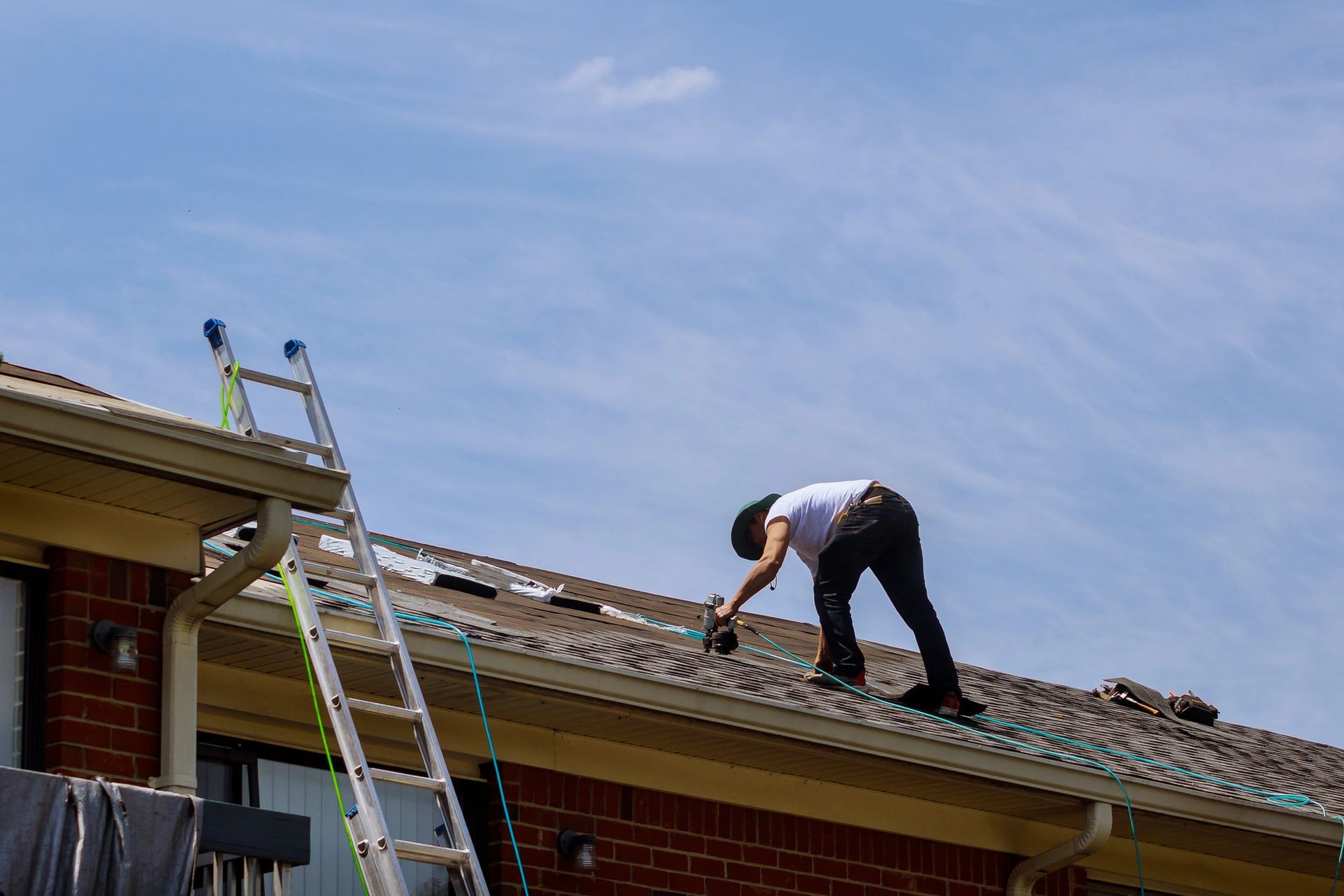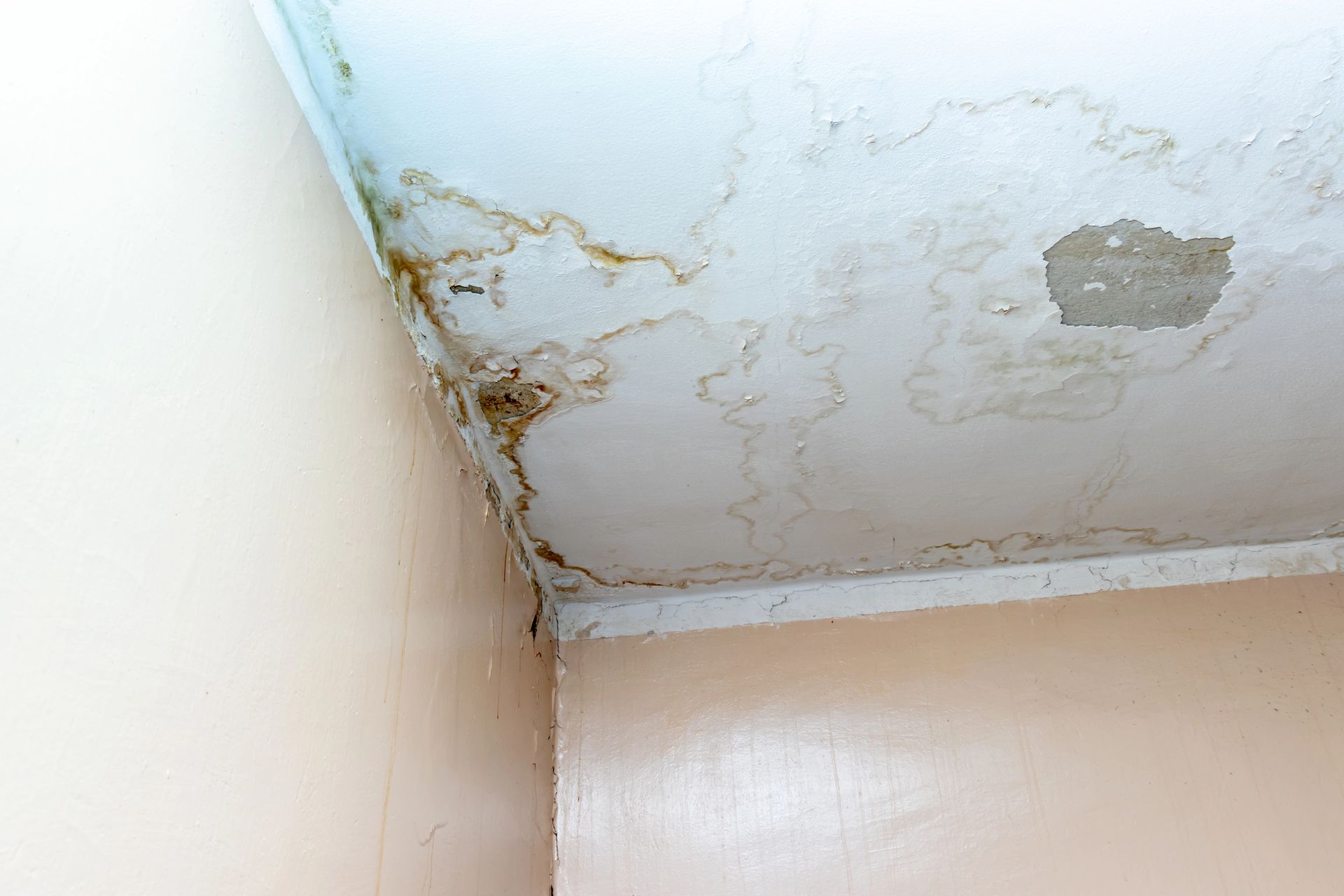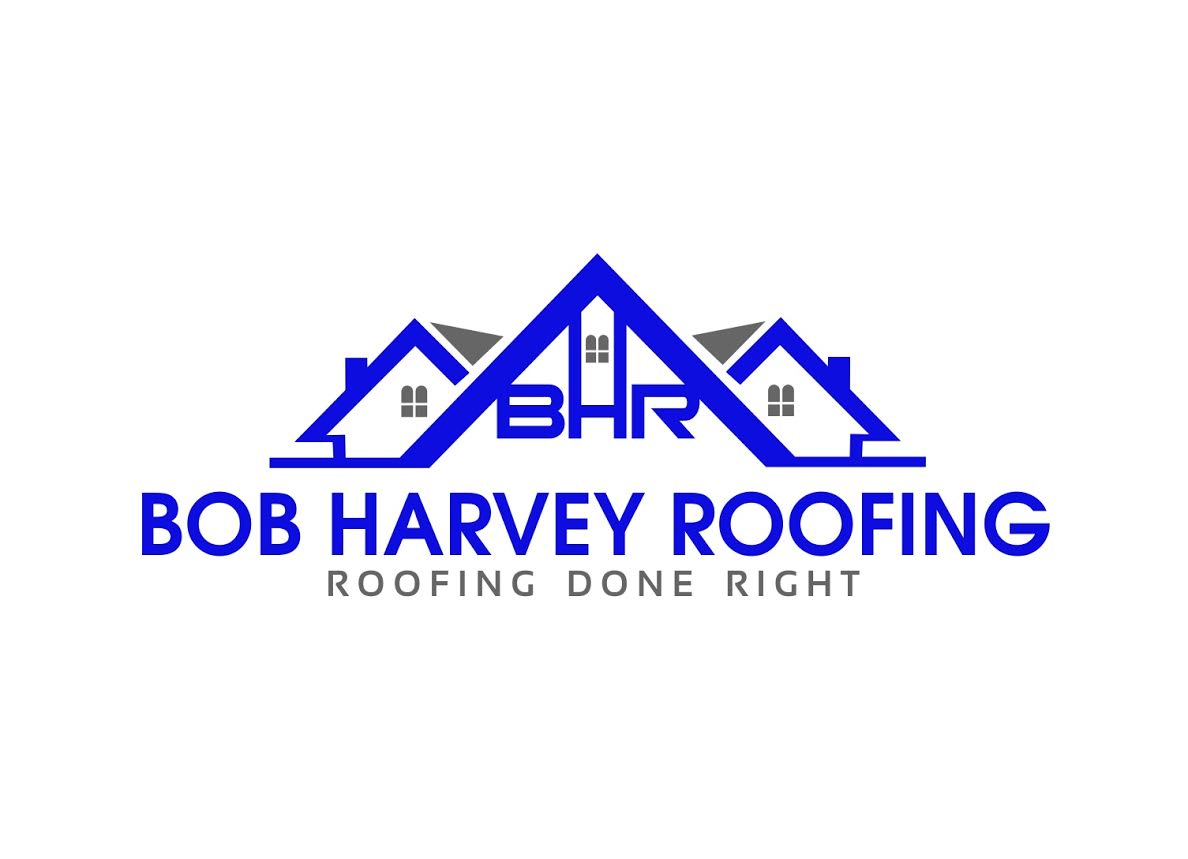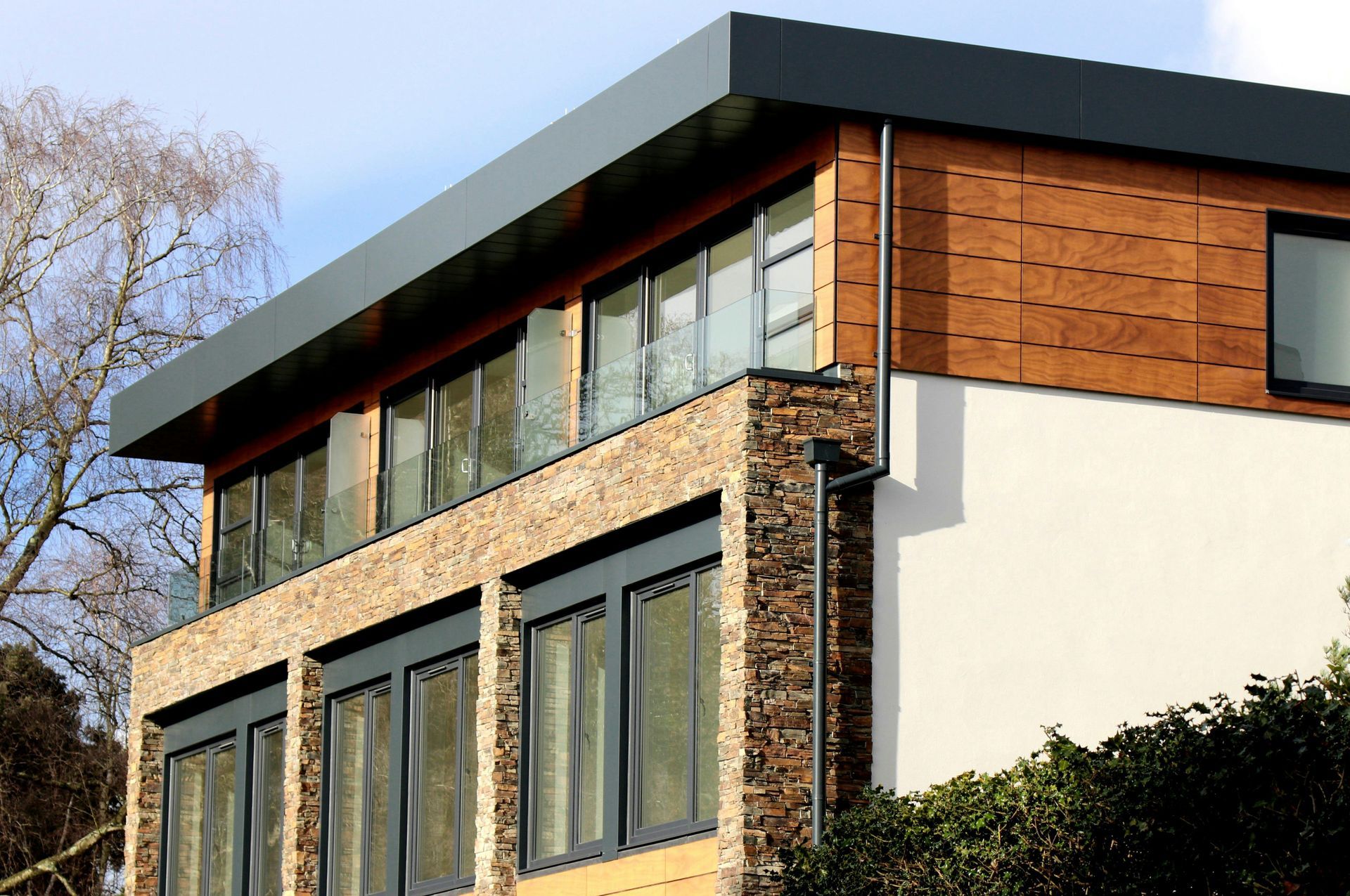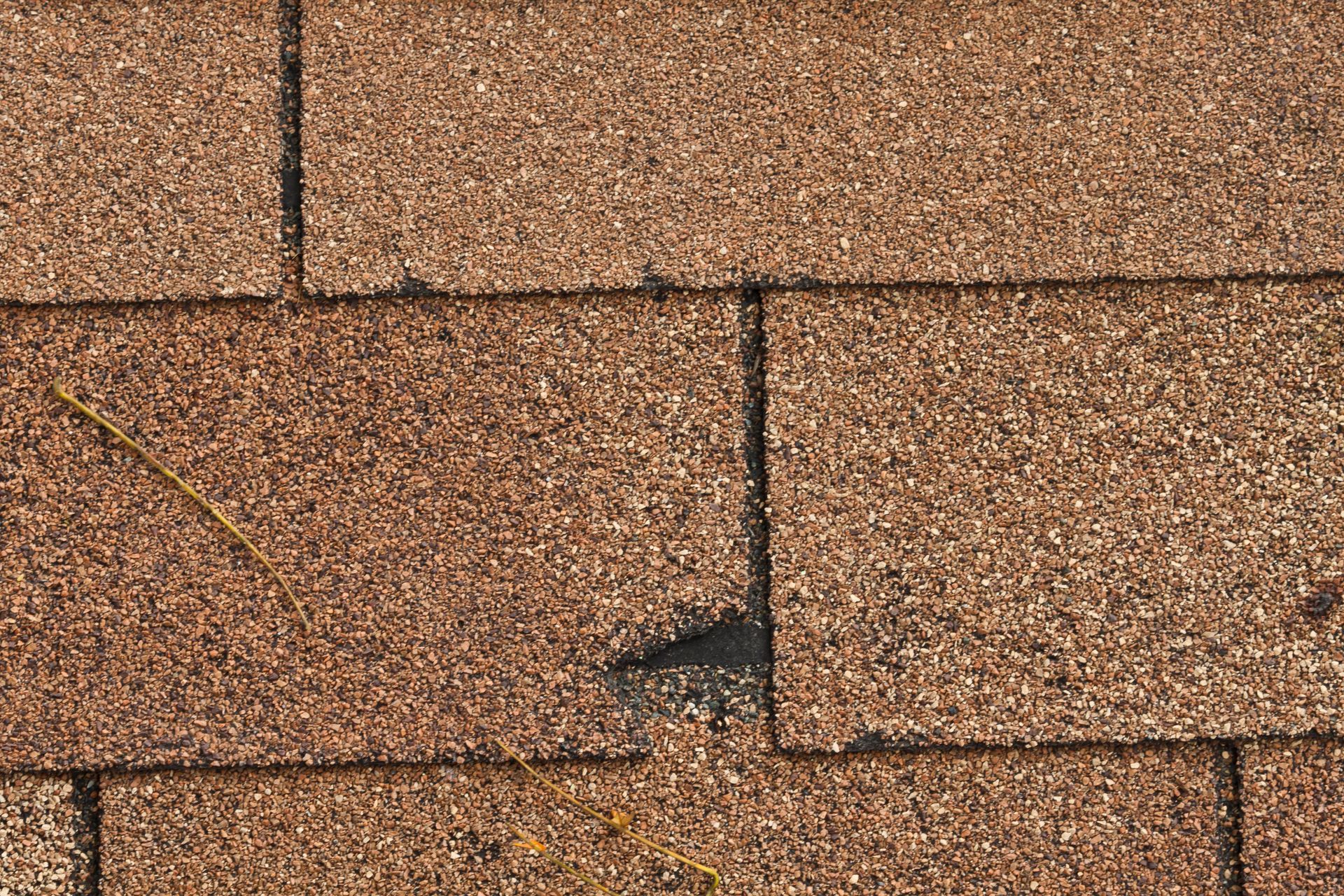
Duro-Last Roofing in Utah: Pros, Cons, and Cost in 2025
Michael Naylor • October 8, 2025
Utah’s climate is tough on roofs. Between blistering summer sun, heavy snow loads, sudden hailstorms, and dramatic freeze-thaw cycles, homeowners know their roofing system needs to do more than just look good—it has to stand up to the elements year after year. That’s why many are asking about Duro-Last roofing in Utah as they plan upgrades in 2025.
Duro-Last is a factory-engineered PVC roofing membrane that’s known nationwide for its durability, energy efficiency, and strong warranties. But what does that mean for a Utah homeowner weighing the pros and cons? How does it compare to alternatives like TPO, EPDM, or even metal roofing? And most importantly, how much will it cost in today’s market?
In this guide, we’ll break down the pros, cons, and cost of Duro-Last roofing in Utah for 2025. You’ll learn how the system performs in Utah’s unique weather, what to expect in terms of lifespan and maintenance, and how it stacks up against other roofing options. By the end, you’ll have the clarity you need to decide if Duro-Last is the right long-term investment for your home.
Quick Takeaways
- Duro-Last roofing in Utah is a factory-engineered PVC membrane system that’s custom-fabricated for each roof, reducing leaks and installation errors.
- It performs especially well in Utah’s extreme climate—handling heavy snow loads, freeze/thaw cycles, high UV exposure, and occasional hail.
- Costs in 2025 average $3.50–$6.50 per sq. ft. for residential flat roofs in Utah, with more complex retrofits running up to $11 per sq. ft.
- Homeowners benefit from long warranties (20–30 years), strong chemical and fire resistance, and lower cooling bills thanks to reflective white membranes.
- Downsides include a higher upfront price compared to TPO or EPDM and the need for authorized installers with specialized tools to protect the warranty.
- Accessories like KnuckleHead rooftop supports keep HVAC and pipes elevated, protecting the membrane from punctures and extending roof life.
- Compared to alternatives, Duro-Last offers the best balance of energy efficiency, durability, and warranty coverage for Utah flat and low-slope homes.
What Is Duro-Last Roofing?
A Factory-Engineered Roofing System
Unlike shingles or roll roofing, Duro-Last is a factory-engineered PVC roofing system. Large sheets of reinforced vinyl membrane are prefabricated to the exact dimensions of your roof—even accounting for penetrations like vents, HVAC curbs, and drains—before they ever arrive at your home .
Up to 85% of seams are completed in the factory under strict quality controls. For Utah homeowners, this means far fewer field-welded seams, which are often the source of leaks in traditional systems.
Thickness & Color Options
- Available in 40, 50, and 60 mil membranes reinforced with polyester scrim .
- White reflective membranes can reflect up to 88% of solar energy, significantly reducing cooling costs in Utah summers .
- Other colors are available for aesthetics.
Common Applications
- Ideal for flat and low-slope residential roofs.
- Retrofit systems for older roofs.
- Works with accessories like KnuckleHead supports for HVAC and rooftop paver systems for patios .
Think of Duro-Last as a custom-tailored suit for your house compared to “off-the-rack” shingles.
Why Utah Homeowners Are Asking About Duro-Last in 2025
Unique Utah Climate Concerns
- Intense UV exposure at higher altitudes.
- Heavy snow loads in mountain regions.
- Freeze/thaw cycles that crack weaker materials.
- Wind and hail risks, particularly in northern Utah.
Updated Building Standards
- Utah municipalities have adopted 2021–2024 IECC energy codes, pushing demand for reflective membranes.
- Local snow and wind load requirements influence design and cost.
Pros of Duro-Last Roofing
Energy Efficiency
White membranes reflect UV rays, reducing air conditioning costs in Utah’s hot summers .
Durability & Weather Resistance
- Resistant to chemicals, fire, punctures, and UV rays .
- Proven performance against snow loads, hail, and freeze-thaw stress.
Low Maintenance
- Fewer seams mean fewer leaks.
- Compatible with rooftop supports like KnuckleHeads for equipment .
Strong Warranty
- Non-prorated, transferable warranties up to 30 years .
Cons and Limitations
- Higher upfront cost than TPO or EPDM.
- Requires certified installers with specialized tools .
- Primarily designed for flat or low-slope roofs.
- Severe hail may still cause surface damage requiring repair.
Cost of Duro-Last Roofing in Utah (2025)
Average Cost per Square Foot
- $3.50–$6.50/sq. ft. for standard residential flat roofs.
- $5.50–$9.00/sq. ft. for retrofits with insulation.
- $11+/sq. ft. for complex projects with many penetrations.
Cost Drivers
- Roof size and penetrations.
- Utah labor rates.
- Insulation and retrofit requirements.
- Weatherproofing to meet local codes.
Example Scenario
A 1,500 sq. ft. flat roof in Salt Lake City might cost between $7,000 and $10,000, depending on insulation layers and penetrations.
Lifespan and Warranty Expectations
- Typical lifespan: 20–30+ years with proper maintenance.
- Warranties: 15, 20, and 30 years available, often non-prorated and transferable .
- Coverage may include labor, materials, and ponding water.
Maintenance & Care
- Conduct routine inspections of seams, drains, and penetrations.
- Use KnuckleHead supports for rooftop HVAC and pipes .
- Duro-Last resists many common chemicals, paints, and cleaners .
Duro-Last vs Alternatives for Utah Homeowners
- TPO: Lower cost but shorter warranties and weaker seam durability.
- EPDM: Flexible and affordable, but absorbs heat and is less efficient in Utah summers.
- Metal Roofing: Very durable, but expensive and may cause snow-shedding issues.
- Asphalt Shingles (on low slopes): Often fail early in freeze/thaw conditions.
Long-Term Value & ROI
- Energy savings from reflective membranes in hot summers.
- Reduced maintenance costs compared to TPO or EPDM.
- Transferable warranties may boost resale value.
Choosing the Right Contractor in Utah
- Always hire authorized Duro-Last contractors with specialized tools .
- Ask about experience with Utah projects, warranty registration, and code compliance.
Conclusion
Choosing the right roofing system is one of the most important decisions a Utah homeowner can make. With its factory-engineered design, reinforced PVC membrane, and industry-leading warranties, Duro-Last roofing in Utah offers a compelling solution for flat and low-slope homes that face punishing conditions year after year.
Of course, no system is perfect. The higher upfront price and need for certified installers can feel like drawbacks compared to cheaper, more common options like TPO or EPDM. Yet when you factor in the longer lifespan, lower maintenance requirements, and proven energy savings, many homeowners find Duro-Last delivers better value over time.
If you’re weighing roofing choices in 2025, the next step is simple: get a local, personalized quote. At Bob Harvey Roofing, we specialize in Duro-Last installation across Utah, combining certified expertise with firsthand knowledge of local weather challenges. Contact us today for an inspection or estimate, and take the first step toward a roof that’s durable, efficient, and built to last.
FAQs About Duro-Last Roofing in Utah
1. How much does Duro-Last roofing cost per square foot in Utah in 2025?
Expect
$3.50–$6.50 per sq. ft. for residential projects, with retrofits running higher.
2. Is Duro-Last good for snowy Utah winters?
Yes—its reinforced scrim and welded seams handle snow and freeze-thaw cycles.
3. How long does a Duro-Last roof last in Utah’s climate?
Typically
20–30 years with regular maintenance.
4. Can Duro-Last handle hailstorms?
It resists punctures well, though severe hail may still require repairs.
5. What warranty options are available in Utah?
Non-prorated warranties of
15, 20, or 30 years are available.
6. How does Duro-Last compare to TPO or EPDM?
It offers
greater durability, efficiency, and warranty strength, though it costs more upfront.
7. Can Duro-Last be installed on residential homes?
Yes—it’s ideal for
flat and low-slope homes in Utah.
8. Do I need a certified contractor?
Yes—authorized contractors are required for warranty compliance .
References
Internal (Bob Harvey Roofing)
- Bob Harvey Roofing. Commercial Duro-Last Roofing.
- Bob Harvey Roofing. PVC Membrane (Duro-Last) Roofing In Utah.
- Bob Harvey Roofing. What Is Commercial Duro-Last Roofing.
- Bob Harvey Roofing. Flat Roof Options Utah: Costs, Lifespan, and Best Choices.
- Bob Harvey Roofing. How Much Does it Cost to Replace Your Roof in Utah?






